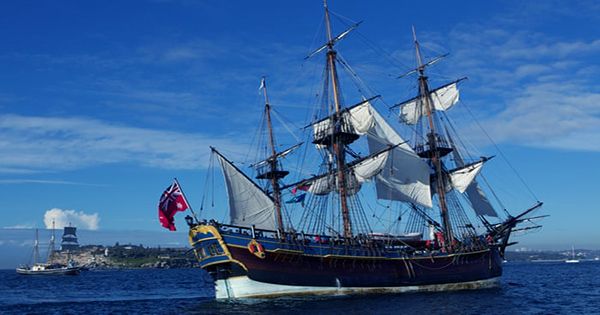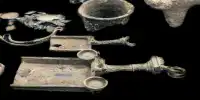Antarctica was considered the last of the world’s continents, with the first recorded voyage south of the ice in the 1820s. Yet new research in the Journal of the Royal Society of New Zealand finds evidence that the Māori search in Antarctica predicted the arrival of the first ship in the seventh century of these European expeditions 1,200 years ago. Combining traditional theological oral histories with “gray literature” – meaning research and reports that do not appear in conventional academic sources – the study’s authors seek to combine a long history of Polynesian activity in polar waters beneath the earth.
In doing so, they noticed that the earliest anthropological records show that a ship called I-O Etiya, known as Rangiora in Hui, reached Antarctica some time in the early part of the graduating century. “Rangio’s journey and return to Hui is part of the history of the NGT Ruroa people and many of these stories have been engraved,” the authors write, “M মাori’s participation in Antarctic travels and expeditions continues today but is rarely recognized or highlighted.
In fact, the first American and European ships arrived on the continent in the nineteenth century – and long before Scott and Amundsen began their legendary competition at the South Pole – Māori sailors had already developed the skills needed to successfully navigate the winter, slippers. Antarctic waters As this, their services were regularly searched by foreign expeditions on the ice continent. The U.S. Exploring Expedition, for example, contracted a man named Te Atu to take part in an attempt to map the Antarctic coastline in 1840, when Māori sailors, physicians, and scientists played a key role in the so-called “age of heroism.” Exploring the Antarctic in the late 19th and early 20th centuries.
Among those who took part in this adventure was Louis Howitt Potaka, Rear Admiral Richard E. Baird served as a ship doctor on board from 1934 to 1935 during his second voyage to BAE. Explained study author Dr Priscilla Wehi in a statement, “We have found a connection to Antarctica and its waters have been initiated by traditional traditional travel, followed by European-led travel and exploration, participation in contemporary scientific research, fishing and much more over the centuries.”
















